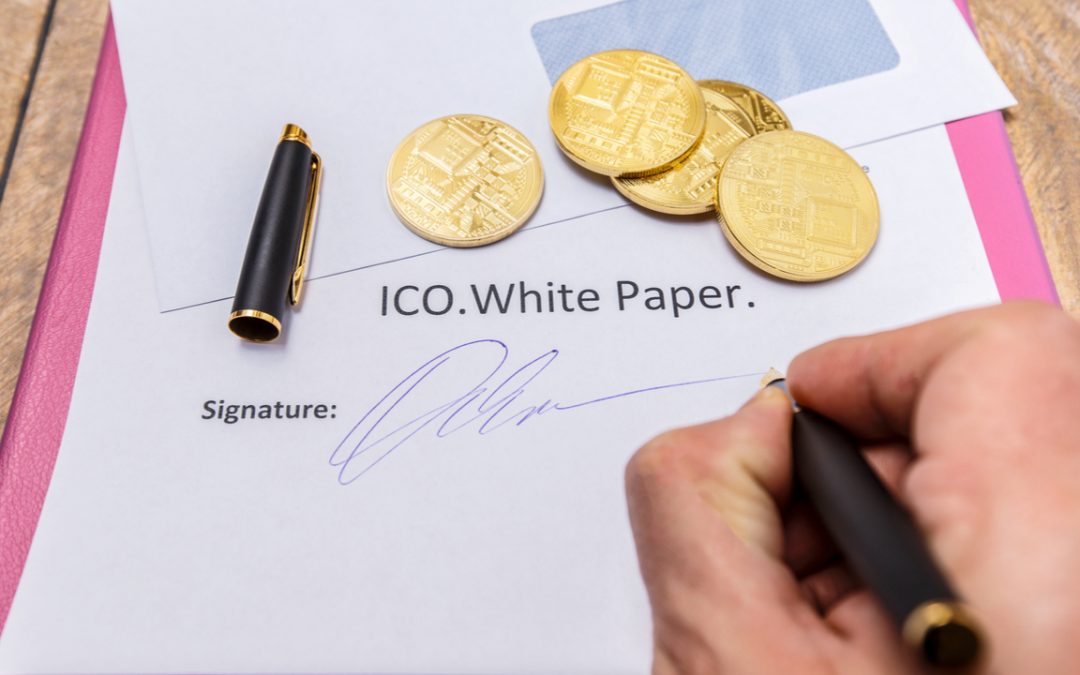There are nearly 1,600 cryptocurrencies listed on CoinMarketCap, the industry standard for crypto prices. That’s far from an exhaustive list, as new altcoins are minted nearly each and every day.
For newcomers to the cryptosphere, the investment choice is mind-boggling. There are coins for nearly every conceivable use case. Prices range from fractions of a cent to hundreds or even thousands of dollars. Crypto has quickly become clannish, as well. It’s easy to find rabid supporters and detractors for every coin. Part of the reason for this is no one wants their own investments to go down, so they’re willing to gloss over their coin’s flaws at the expense of one of its rivals.
In short, there’s very little credible and objective information out there. The space is just simply too new and too big for third-party data providers to offer quality research. Government resources are even less helpful, as the U.S. Securities and Exchange Commission hasn’t even decided whether cryptocurrencies fall completely under its purview.
One big theme common across all cryptocurrencies is personal responsibility. Indeed, cutting out professional go-betweens, like bankers and regulatory agencies, was one of the original stated goals of Bitcoin, the first major cryptocurrency. Wallet holders are constantly reminded that they are acting as their own bank, and they need to be extra diligent to keep their coins safe.
This theme extends to the pre-investment process, as well. It is absolutely up to the individual investor to do solid, thorough research before plunking fiat cash down on a given coin. Here are some quick tips on how to go about cutting through the partisan muck and researching altcoins properly.
Researching Altcoins
Clear Your Head
Seriously, this is at the top of the list because it’s so important. Start with a clean slate. Forget the “hot tip” you heard about a given coin, and put aside all your hopes and dreams for a tiny investment suddenly shooting to the moon. The goal here is an objective analysis, and you can’t begin if you’re just looking for an excuse to cherry-pick positive news.
Begin with the Fundamentals
Like any good potential investor, you’re going to start with a fundamental analysis. This is a stripped-down version of the process that professionals use to evaluate whether an altcoin is undervalued or overvalued. Take a look at the coin’s total supply and its circulating supply. Is it in the millions? Billions? Hundreds of billions? You’ll find all three in the crypto space. Generally, the higher the total supply, the lower the price of the coin. The potential for growth is also limited by simple supply and demand.
Next, try to figure out what exactly the coin is going to be used for. Read the team’s white paper, if you can. Does the size and strength of the industry the coin is entering match expectations for it? Let me give you an example. You’re trying to decide between two coins. Both are equal in current price and have similar supplies. One coin’s development team proposes it as a solution for healthcare billing, a billion-dollar annual industry. The second coin is aimed at streamlining ice sales in Alaska. What seems to be the better business opportunity?
Skip Technical Analysis for Now
Technical analysis, or reading charts for future price patterns, shouldn’t concern you at this stage. That’s something you’ll save for once you’ve identified a good potential coin for an opportunity to buy in. For now, put the charts and the short-term price movements aside. There’s a popular acronym for buying in just because of short-term price movement – FOMO, or fear of missing out. Buying due to FOMO alone without analyzing the reasons for the investment can lead to regret later.
Put Your Coin to the Acid Test
Remember how you let go of your preconceptions and unfounded hopes in the first step? Now, it’s time to really crush them. Aggressively seek out bad news about the coin. Try Google searches like, “Coin A scam” or “Coin A versus” to get a picture of what its competitors are doing. Remember, you’re potentially thinking of throwing real, hard earned money at this project. Get the complete picture and play devil’s advocate. Take everything with a grain of salt, of course, but don’t ignore shortcomings or issues that other investors have raised. This is a form of learning from mistakes – just don’t be the one to make them.
Wait and Watch
Once you think you’ve identified a coin worth your money, hold off and watch the price action on a chart for a week or so. Price action on the chart tells a story. You’ll be able to see support and resistance levels and buying and selling volume. Spikes in volume could signal a future move in the altcoins price or increased demand.
Cryptocurrency is in the early stage of adoption, and most altcoins may not realize their true value for months or years. So, sit back and try your hand at some of that technical analysis we ignored earlier. Does the coin have volatile day-to-day swings? Steady trends in price action? How’s the volume? If the volume seems to artificially rise and fall like clockwork, the coin may be in the process of being manipulated by a pump-and-dump group.
Investing in cryptocurrency isn’t something to be taken lightly. Like any other type of investing, there is inherent risk. It pays to research a coin to the utmost before investing. Approach it from a position of skepticism. After all, it’s been estimated by industry leaders that about 90 percent of new initial coin offerings ultimately fail. If you don’t believe me, check the historical charts on CoinMarketCap. Of the top 20 coins from one year ago, very few are viable now.
Unless you plan to actively day trade and manage your coins to navigate the world of pump-and-dumps and speculation, you’re going to want to pick a coin that has fundamentals, a clear use case, and long-term potential. Shed the FOMO and take your time.











